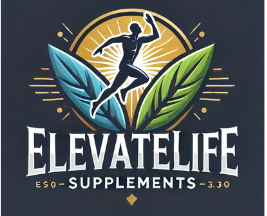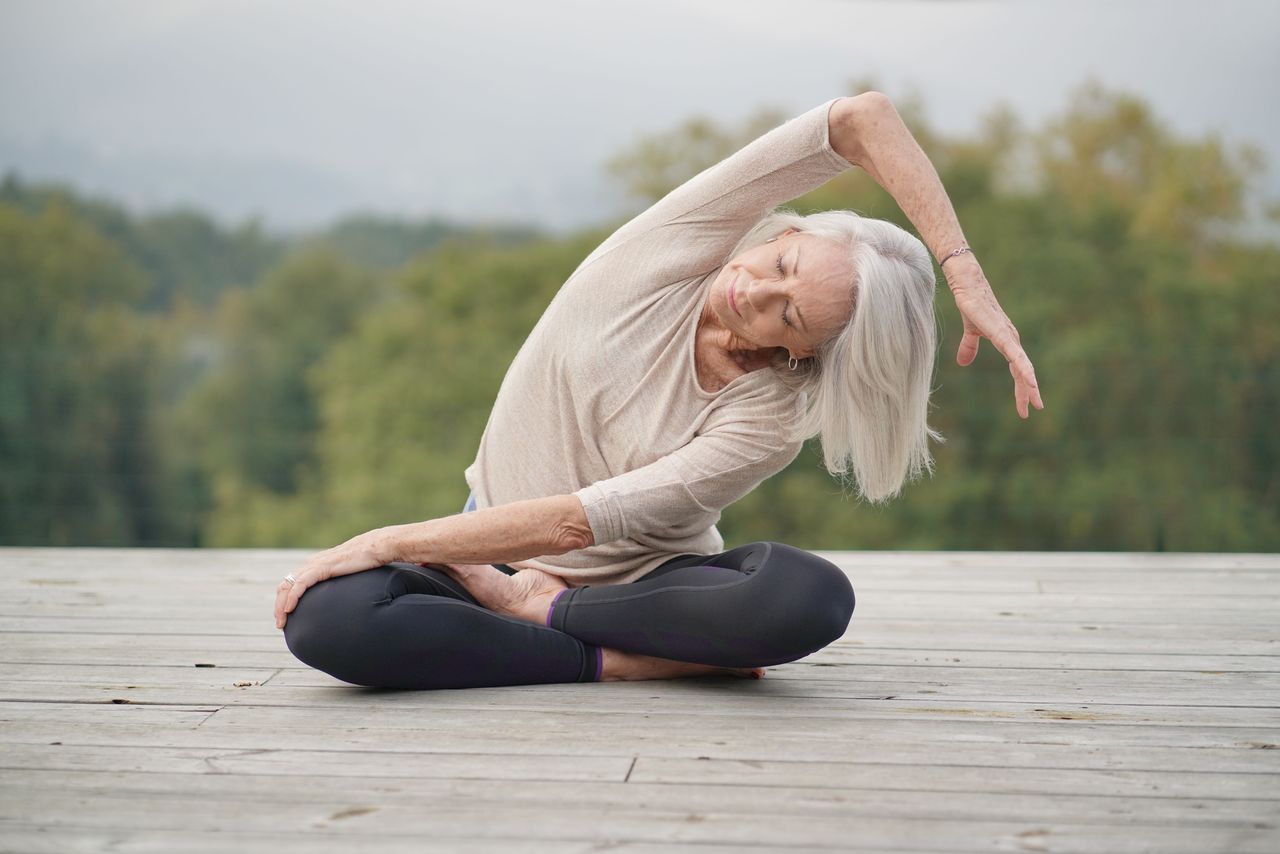Yoga, a spiritual discipline that dates back over 5000 years, is a subtle science that aims to bring balance between the mind and body. It has been proven to reduce the risk of many diseases and help in relieving pain and stress. One such disease that can benefit from yoga is Rheumatoid Arthritis (RA), an autoimmune disease that affects the joints, causing inflammation, swelling, and stiffness.
Research suggests that regular practice of yoga can benefit individuals with RA both physically and psychologically. Yoga helps improve flexibility, making everyday activities easier for RA patients. It also helps in regaining muscle strength, increasing joint flexibility, and mobility. Deep breathing techniques incorporated in yoga can lower stress levels, which is a common side effect that can intensify the condition. Yoga can also help reduce inflammation and pain, and it can be adapted to meet the individual needs of most people.
Here are some yoga poses that can benefit individuals with Rheumatoid Arthritis:
1. Cobra Pose (Bhujangasana): This pose helps ease joint pain, strengthen the knees, stretch the lungs, chest, and shoulders, and boost energy. It can benefit older people with knee discomfort as well.
2. Bridge Pose (Setu Bandha Sarvangasana): This backbend stretches the thighs, opens up the chest, strengthens joints, reduces backache, stress, and anxiety, and improves body and mind alignment.
3. Tree Pose (Vrikshasana): This pose improves leg and back muscle strength, enhances body balance, and aids in relieving arthritis-related pain.
4. Seated Forward Bend (Paschimottanasana): This posture improves blood circulation, strengthens neck and shoulders, and increases vitality.
5. Triangle Pose (Trikonasana): This pose stretches the spine, hip flexors, and shoulders, reduces the risk of injury, stimulates organs, activates the core, and relieves stress in the lower back.
6. Wind Releasing Pose (Pavanamuktasana): This pose helps in releasing gases from the digestive system, improves digestive efficiency, relieves indigestion, bloating, acidity, and constipation, and releases tension in the spine, lower back, hips, and thighs.
7. Cat-Cow Stretch (Chakravakasana): This stretch increases spine flexibility, relieves back discomfort, and reduces joint pain and musculoskeletal problems.
8. Lumber Stretch (Supta Matsyendrasana): This pose improves spinal mobility, aids digestion, stretches chest, glutes, and hamstring muscles, enhances body posture, and relieves lower back pain and shoulder tightness.
In conclusion, while Rheumatoid Arthritis is not curable, yoga can help in managing the symptoms and improving the quality of life for individuals with RA. It is essential to practice yoga under the guidance of a professional to modify poses according to individual needs. Yoga, along with a healthy diet and other natural treatments, can help ease pain and improve symptoms associated with RA.


